【LED Display 】LED Display Technology Introduction: An article to teach you to understand the application of different industry solutions
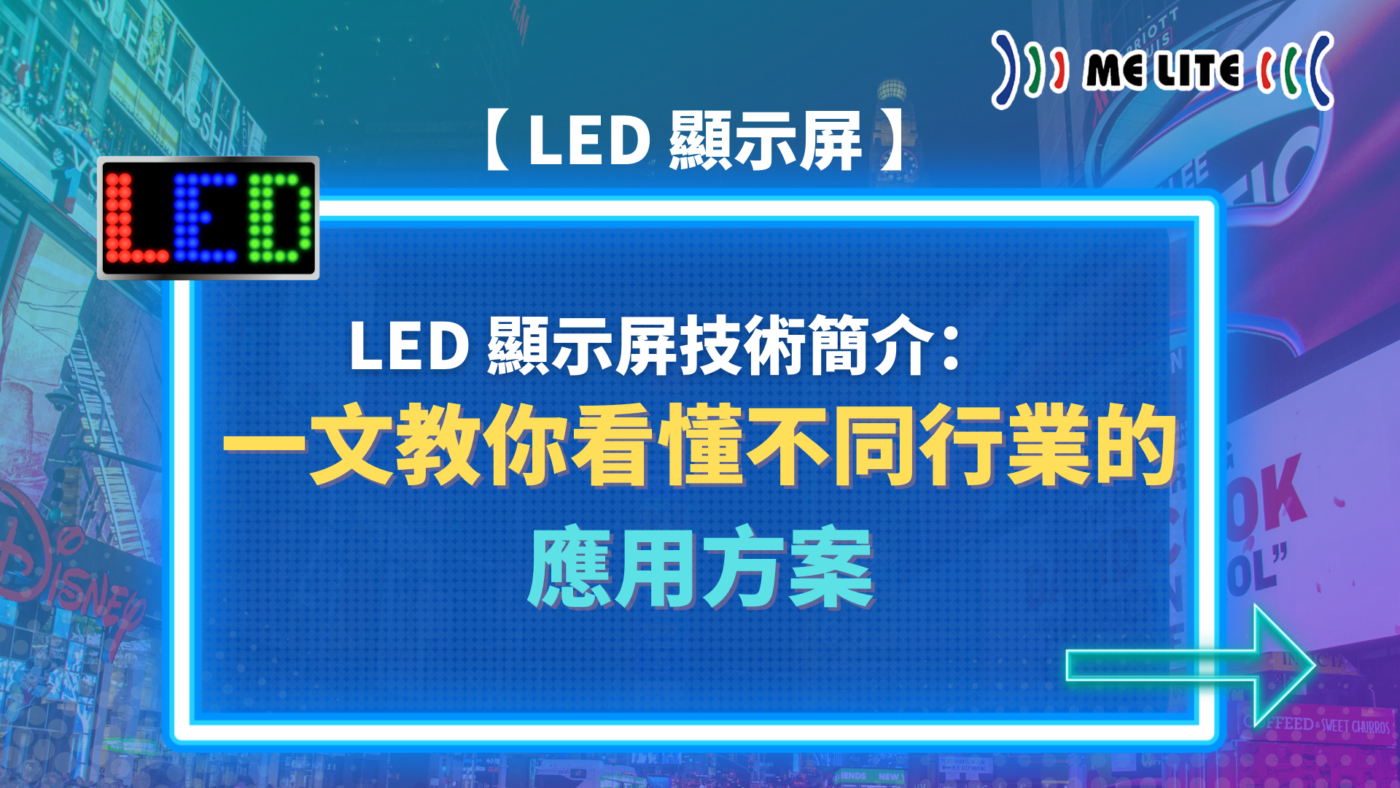
【LED Display 】LED Display Technology Introduction: An article to teach you to understand the application of different industry solutions
Nowadays, LED displays are the new favourite in different industries. Apart from the traditional outdoor screens, there are also various interactive applications, naked eye 3D, etc., which help brands to attract customers’ attention and stand out from the crowd. LED display technology has been around for a long time, but as its applications become more widespread, the technology has evolved to meet this huge market opportunity. This blog will give you an easy-to-understand overview of the various LED display technologies and how they can be used in different industries to help you choose the right LED screen for your business.
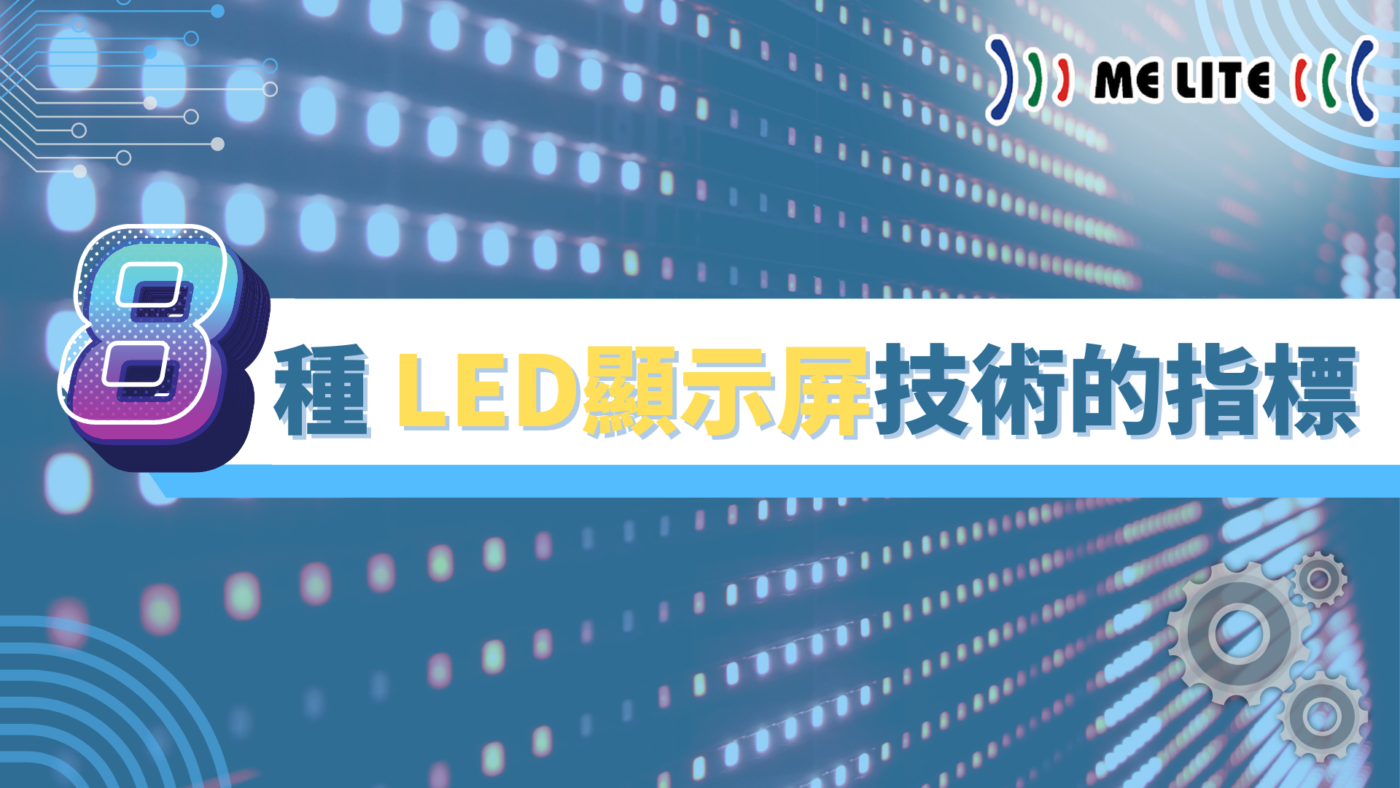
1) Indicators of the eight LED display technologies
LED display involves a variety of microelectronic technology, computer technology, information processing systems, etc. The principle is to use light emitting diode dot matrix module or pixel unit to form images. It involves a lot of specialised technology, but we only need to have a basic understanding of the parameters to help us choose the suitable product.

1.1) Sharpness:
The first and foremost consideration for a screen must be the viewer’s perception, i.e. to determine the optimum viewing distance. We can base on this distance point to confirm the size of the screen to ensure that the image is clearly visible to the target audience. For example, if the distance is 5-50 metres, the screen should have a clarity of 40,000 pixels/m2 to be the optimal ratio. Also look for a display with the most advanced 16-bit data interface.
1.2) Stabilisation:
To ensure that the screen image is clear and colourful, its luminous brightness should be at least 2500cd/m2 or more, even if 30% or more of the lamps become inefficient, it can also be displayed normally.The stability of the LED display will also be affected by the refresh rate and the power supply and signal transmission methods, and therefore high-performance equipment should be used, such as ultra 5 twisted-pair cables (CAT-5e), high-quality military-grade plug-in Therefore, high performance equipment should be used, such as CAT-5e, high quality military grade plug-ins, etc.
1.3) Control Systems:
Since the LED screen must operate for a long period of time, it is necessary to select a reliable control system and a method of redundant backup between the two hosts to ensure that there is always a backup signal to access and maintain operation. When selecting the control system, the system can be deliberately uninterruptedly powered on to carry out the aging process to filter out the reliable system.
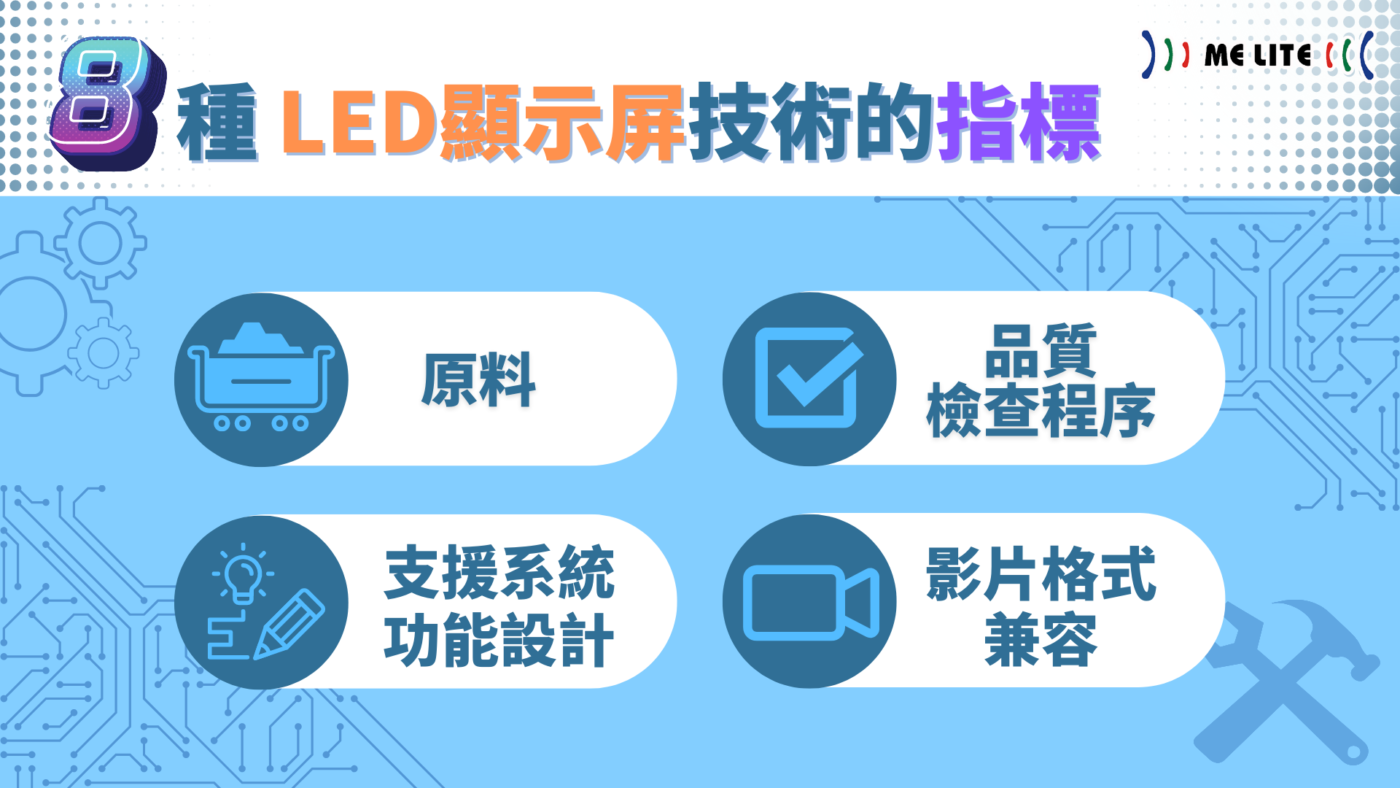
1.4) Material:
You can also pay attention to whether the raw materials of LED displays are made of brand-name, quality-assured products, with special attention to LED lights.
1.5) Quality Check Procedures:
As mentioned above, the most common way to ensure that an LED screen is functioning properly is to carry out an aging process to ensure that the screen can still perform well even when the efficiency of the lamps has deteriorated. Generally, there are three aging processes, namely 24 hours of power-on aging for the production modules, followed by 48 hours of power-on aging for the individual display cases, and finally 72 hours of power-on aging for the finished products after simulation and assembly. The screens must pass these processes before they can be sent to the site for formal assembly.
In addition to the aging process, LED displays must also obtain the following certifications to ensure their quality, including: (1) ISO9001-2000 quality certification, (2) attaining a waterproof rating of IP65, and (3) an installation level of Class C or above.
1.6) Supporting System Functional Design:
Users can consider suitable and advanced system software according to the usage requirements of the screen. For example, pay attention to which electronic operating system (e.g. Windows) it supports, as all software should be compatible with the operating platform. You can also pay attention to whether the software can play various kinds of multimedia such as text, animation, clocks, photos, audio, etc. at the same time. If you have the requirement to conduct assemblies, TV broadcasts, etc., you should pay attention to the LED screen system to see if it can deliver communication data in real time, quickly and on multiple tracks.
1.7) Video format compatibility:
A good LED screen should be able to display a variety of formats, such as satellite TV, composite video, Y / C video (S_Video), VGA (RGBHV), DVI, HDMI, SDI (HDSDI), VCD, DVD and other commonly used formats, basically synchronised with the sound and picture, positional compensation and so on. Even better, the screen itself can have simple editing functions, such as adding close-ups, slow-motion, text, screenshots, and so on.
MELTE’s LED screens have a variety of technical advantages that ensure the best possible picture quality through careful pre-factory calibration, virtual pixel technology, 16-bit colour scale processing and video processing.
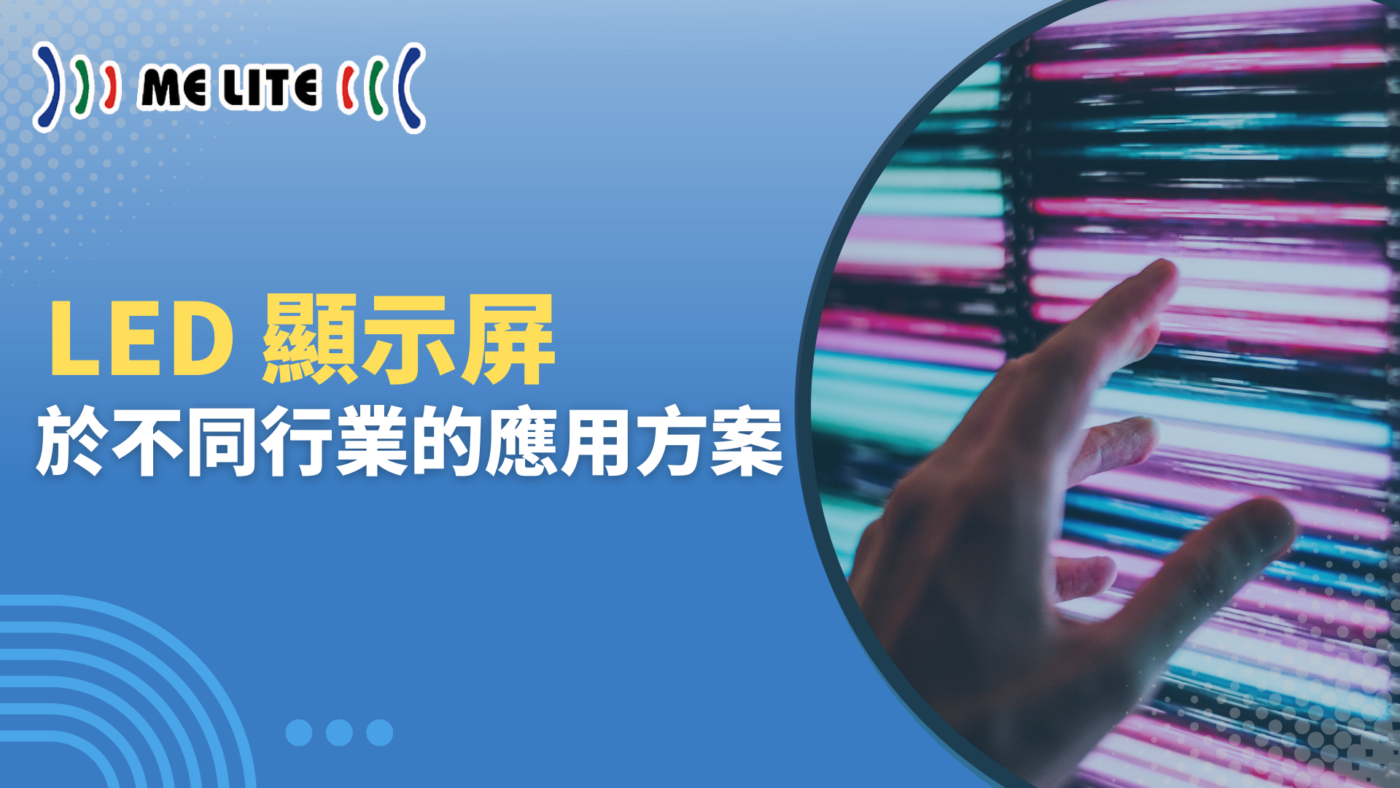
2)LED screens application solutions for different industries
LED screens are used in a wide range of applications, including indoor or outdoor, flat or curved surfaces, so long as there is a surface, you can use the display, LED screens can be installed in a variety of environments, to play a different role. The following is a list of some common industry LED display applications for your reference.
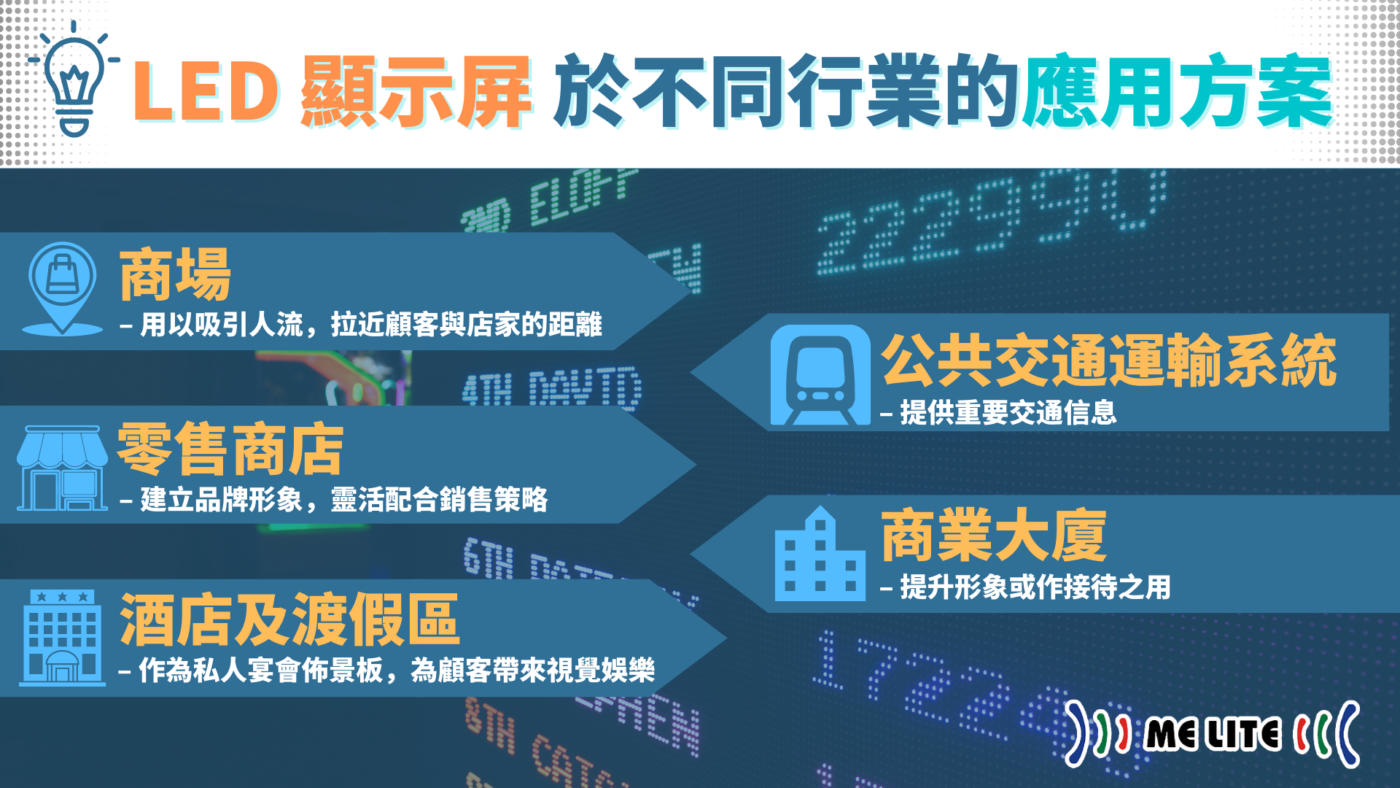
2.1) Shopping malls – to attract customers and bring them closer to the shop
Many shopping centres install LED screens at their entrances, not only to welcome customers, but also to show relevant promotional activities or display shop products. This not only gives customers a friendly feeling, but also provides them with simple and quick guidance. Some shopping malls even use LED displays with interactive functions or other visual effects to turn the mall into a hot spot to attract people.
Apart from shopping malls, shops in the malls can also choose LED displays with different functions according to the attributes of their shops. For example, there will be clothing shops that combine LED displays with fitting mirrors so that customers can try on the fun of changing clothes quickly, which can attract a lot of visitors to stop by.
2.2) Public Transport System – Provision of Important Traffic Information
Apart from daily public transport, such as bus stops and MTR stations can use LED screens to provide passengers with information on routes, waiting time and so on. Airports can also be used to provide travellers with flight information, boarding gates, arrival times or other shop advertisements.
2.3) Retail Stores – Building Brand Identity and Flexibility in Sales Strategy
For retail outlets operating independently of shopping centres, LED screens can also be used to combine the visual appeal of video and audio with interactive technology or other cross-sectoral elements to attract consumers and enable them to build up an impression of the shop’s products in a short period of time. LED screens also allow flexibility for shops to change the content of their promotional campaigns to tie in with their sales strategies, such as informing customers of special promotions or festive offers. LED screens also give stores the flexibility to change the content of their promotions to match their sales strategies, such as informing customers of special promotions or holiday offers.
2.4) Commercial buildings – for image enhancement or hospitality purposes
In addition to the external walls of many commercial buildings, LED displays are also installed in lobbies or conference rooms. These displays provide visitors to the building with a clear view of the latest and most appropriate information. Through these screens, visual appeal and better customer experience can be created in a simple way, creating a better and more holistic atmosphere for the building, leaving a favourable impression on visitors and enhancing the brand image. Moreover, some commercial buildings even make use of their height advantage to set up LED screens on the rooftop of their buildings in order to generate advertising revenue and increase rental value.
2.5) Hotels & Resorts – Visual entertainment for private functions as a backdrop
Apart from shopping malls, hotels are probably one of the places with the highest usage of LED screens. Hotels focus on creating an atmosphere and overall image, and huge LED screens are used in everything from hotel lobbies to banquet halls. Recently, hotels are often “multiplying” with different brands or works to launch different themed activities. LED screens on the external walls or in the lobby of the hotel can be used to complement the event by displaying specially designed visual effects or flexibly changing the promotional content. In addition, LED screens can also replace the traditional stage production or complicated venue set-up procedures, and can be used to change the set-up at the touch of a button in the ballroom, greatly enhancing efficiency.
The above scenarios are just a few examples of LED screen applications. In fact, all venues that require display or lecture facilities are also very suitable for installing LED screens, such as sports stadiums, churches, exhibition halls, and so on.
LED screens have a wide range of uses, and with the rapid development of the technology, their application will only become more and more common. In order to choose the right LED screen, in addition to a basic understanding of its technical specifications, you can also choose a reliable professional team, the MELITE team has a variety of technical advantages, can create the perfect LED screen for you. In addition to ensuring that your LED screens present a perfect, undistorted image and improve line art, the MELITE team can also support video processing with industry-leading technology. With MELITE at your back, you can focus on integrating LED displays into your designs, enriching the customer experience, and staying at the forefront of the industry.
----------------------------
The Melite team is professional and careful, and will not hesitate to do their part for you and the planet. If you are interested in replacing or purchasing LED lights, please feel free to contact us through the following methods:
Address: Flat E, 5/F, Wang Yip Industrial Centre, 18 Wang Yip Street East, Yuen Long, N.T., H.K.
Teiephone:(852) 2477 2911
Fax:(852) 2477 2921
Email:info@meproducts.com.hk

